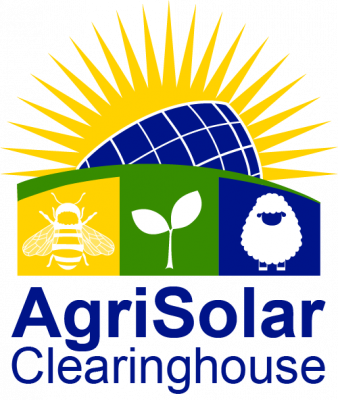The triple benefits of the AgriVoltaic Systems Development (AVSD) have been well demonstrated, not only for the PV electricity generation but also for reduced water evaporation, enhancing further the benefits of simultaneously crop growth on the same land area. However, the reduction rate of the water evaporation of AVSD has not been investigated in a quantitative way. Therefore, this study conducted experiments to measure water evaporation reduction under the Concentrated-lighting Agrivoltaic System (CAS) and the Even-lighting Agrivoltaic System (EAS). Evaporation containers and pans were placed in the bare soil (CK) under the CAS and the EAS. Our results showed a significant reduction in water evaporation under CAS and EAS. Cumulative soil surface evaporation of CK, CAS, and EAS for 45 days was 80.53 mm, 63.38 mm, and 54.14 mm. The cumulative water evaporation from soil and pan surfaces decreased by 21 % and 14 % (under CAS), 33 %, and 19 % (under EAS), respectively. The slope β1 ∕= 0 of simple linear regression showed a significant positive relationship between evaporation time and cumulative water evaporation. The correlation coefficient in all treatments was more than 0.91, suggesting a robust linear relationship. The feasibility of AVSD could significantly reduce irrigation water, enhance crop growth, and generate electricity simultaneously on the same agricultural land.
Tag Archive for: Water Retention
In this paper, the researchers applied the InVEST modeling framework to investigate the potential response of four ecosystem services (carbon storage, pollinator supply, sediment retention, and water retention) to native grassland habitat restoration at 30 solar facilities across the Midwest United States.
